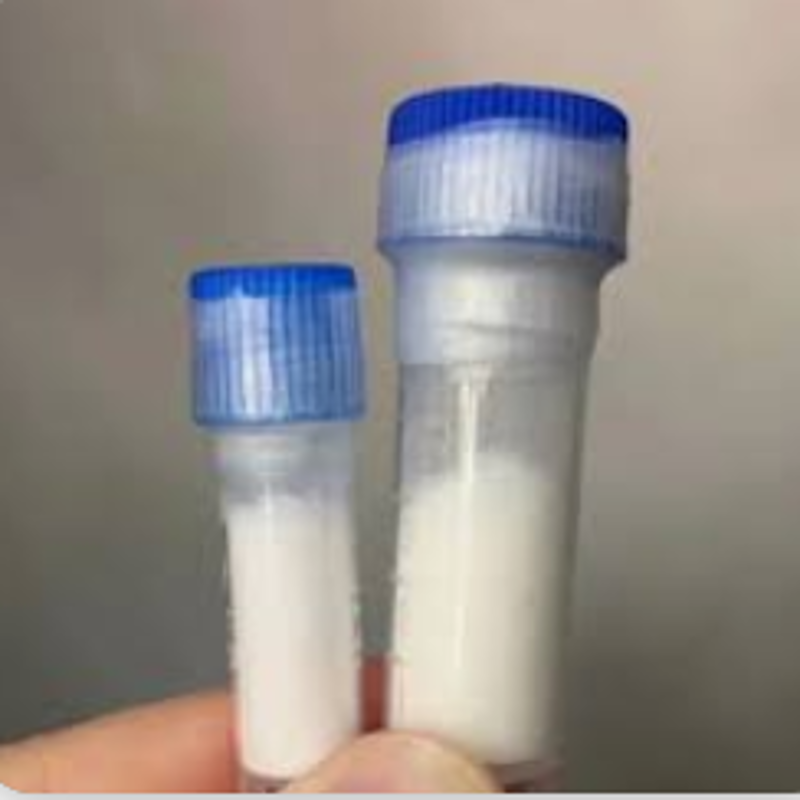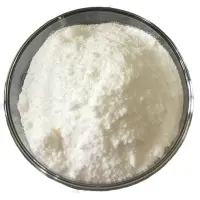-
Categories
-
Pharmaceutical Intermediates
-
Active Pharmaceutical Ingredients
-
Food Additives
- Industrial Coatings
- Agrochemicals
- Dyes and Pigments
- Surfactant
- Flavors and Fragrances
- Chemical Reagents
- Catalyst and Auxiliary
- Natural Products
- Inorganic Chemistry
-
Organic Chemistry
-
Biochemical Engineering
- Analytical Chemistry
-
Cosmetic Ingredient
- Water Treatment Chemical
-
Pharmaceutical Intermediates
Promotion
ECHEMI Mall
Wholesale
Weekly Price
Exhibition
News
-
Trade Service
Recently, Professor Yang Dan's team from the Department of Molecular and Cell Biology of the University of California published a study entitled "Cardiovascular baroreflex circuit moonlights in sleep control" online in the journal Neuron, proving that in addition to lowering blood pressure and heart rate, neuronal activity at key stages of the mouse brainstem baroreceptor reflex pathway also promotes sleep.
It shows that the basic circuits of autonomous cardiovascular control are also indispensable
for sleep-wake brain state regulation.
Study results
The transition from wakefulness to sleep is associated with
profound changes in the state of the animal's brain and motor activity.
In addition to somatic motor activity and decreased skeletal muscle tone, voluntary motor activity also decreases substantially, leading to lower blood pressure, slowed heart rate, and other physiological changes
.
Lack of sleep is known to lead to cardiovascular diseases
such as high blood pressure and coronary heart disease.
However, the mechanistic link between sleep and cardiovascular health remains poorly understood, especially at the neural circuit level
.
Therefore, in this article, the authors investigate the relationship between cardiovascular pressure reflex circuits and sleep regulation in freely active mice
.
The authors found that phenylephrine (PE) injections caused an increase in arterial blood pressure and a decrease in heart rate (Figure 1A), indicating activation of the pressure reflex
.
At the same time, many tdTomato/egfp-labeled neurons were found in the NST (Figure 1B).
Immunohistochemical staining after reinjection of c-Fos confirmed that the vast majority of NSTPE-TRAP neurons were activated by PE (Figure 1C).
Fluorescence in situ hybridization results showed that most NSTPE-TRAP neurons expressed vesicle glutamate transporter 2 (Figure 1D).
Among other markers with high expression in the NST tail, CART is expressed in the majority of NSTPE-TRAP neurons (Figure 1E), and the vast majority of NST Cartpt+ are glutamatergic neurons (Figure 1F).
Figure 1.
Activity-dependent genetic markers of NST stress-sensitive neurons
To further validate the stress sensitivity of NST PE-TRAP neurons, the authors labeled their firing activity with ChR2 and recorded their firing activity as well as blood pressure and heart rate measurements in free-moving mice (Figure 2A).
Most of the identified NSTPE-TRAP neurons were positively correlated with blood pressure (Figure 2C).
They are also sensitive to pulsatile blood pressure changes within a single cardiac cycle (Figure 2D).
The authors then found that the firing rate of neurons after acute injection of PE increased with increasing blood pressure (Figure 2E).
Figure 2.
NST PE-TRAP and NST CART neurons are sensitive to stress
Next, the authors tested the effect of chemical activation of NSTPE-TRAP neurons on cardiovascular activity and brain status in freely active mice by simultaneously recording electroencephalogenic (EEG), electromyography (EMG), arterial blood pressure, and electrocardiography (CG) recordings (Figure 3A
).
The results showed that chemogenetic inhibition caused a significant reduction in blood pressure and heart rate, while also significantly increasing NREM sleep and reducing wakefulness (Figure 3B-Figure 3C).
Chemical activation of NSTCART neurons promotes NREM sleep in addition to lowering blood pressure and heart rate (Figure 3D).
Figure 3.
Chemogenetic activation of NST PE-TRAP or NST CART neurons promotes NREM sleep
Optogenetic activation of NSTPE-TRAP and NSTCART neurons results in a rapid increase in NREM sleep and a decrease in blood pressure and heart rate (Figures 4B-4F).
The effects of laser stimulation on blood pressure, heart rate, and NREM sleep correlated significantly with the number of activated NST neurons detected by Fos immunohistochemistry, and an increase in NREM sleep was significantly correlated with a decrease in blood pressure and heart rate (Figure 4G), supporting the idea that
sleep and cardiovascular effects are regulated by the same neurons.
However, a decrease in blood pressure and heart rate was observed within seconds of laser action (Figure 4H), suggesting that the effect of NSTPE-TRAP neuronal activation on cardiovascular activity can occur
even before the brain state changes.
Figure 4.
Optogenetic activation of NST PE-TRAP or NST CART neurons promotes NREM sleep
A major projection target of NST is CVLM, which contains GABAergic neurons that mediate baroflexes
by inhibiting sympathetically excited neurons in RVLM.
The authors found that optogenetic activation of GABAERGIC neurons in the CVLM region of GAD2-cre mice resulted in a significant increase in NREM sleep, in addition to a decrease in blood pressure and heart rate (Figures 5B, 5F).
Optogenetic activation and inhibition experiments also showed that GABAergic neurons in the CVLM region also contribute greatly to the regulation of sleep-wake brain states (Figure 5D-G).
Figure 5.
NST activity regulates sleep → CVLM→RVLM pathways
In addition to CVLM, NST pressure-sensitive neurons also project to Amb, which contains parasympathetic cholinergic neurons, cardiac components
that mediate baroflexes.
Chemical genetic activation leads to a decrease in blood pressure and heart rate, and also leads to a strong increase in NREM sleep (Figure 6C).
The CNO-induced hM3D (Gq) differed significantly from the brain state changes in control mice (Figure 6C).
Because Amb contains cholinergic neurons that innervate the esophagus and bronchi in addition to the heart, sleep-promoting effects may be mediated by larger parasympathetic groups than those dedicated to
baroreflexes.
Figure 6.
The activity of the NST→ Amb pathway promotes sleep
In summary, this study found that neurons located at critical stages of the baroflex pathway promote sleep
.
Chemical or optogenetic activation of nucleus neurons promotes non-REM sleep, in addition to lowering blood pressure and heart rate
.
GABAergic neurons located in CVLM also promote non-REM sleep, in part by inhibiting the sympathetic excitation of RVLM and promoting awakening adrenergic neurons
.
Cholinergic neurons in the nucleus are not well defined – which is also the target
of NST in non-REM sleep facilitated by cardiac baroflexes.
Thus, a key component of the cardiovascular baroflex circuit is also a component of
sleep-wake brain state regulation.







